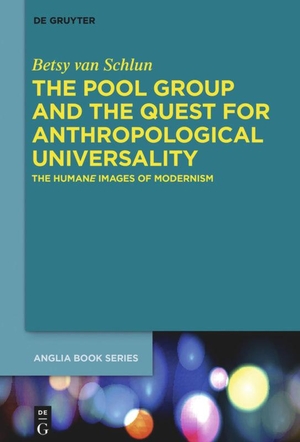Für statistische Zwecke und um bestmögliche Funktionalität zu bieten, speichert diese Website Cookies auf Ihrem Gerät. Das Speichern von Cookies kann in den Browser-Einstellungen deaktiviert werden. Wenn Sie die Website weiter nutzen, stimmen Sie der Verwendung von Cookies zu.
Cookie akzeptieren
Betsy van Schlun
The Pool Group and the Quest for Anthropological Universality
- De Gruyter
- 2016
- Gebunden
- 476 Seiten
- ISBN 9783110439212
Pool was an avant-garde group that originated in 1927 in Britain and was active under this name until 1933. The group consisted of the well-known modernist poet H.D., the English writer Bryher, and the young Scottish writer and artist Kenneth Macpherson. All three were first and foremost writers, who at one point discovered film as another modern, experimental medium of artistic expression. Pool associated with almost all the iconic modernists of their time, with Ezra Pound, Gertrude Stein, Ernest Hemmingway, James Joyce, Marianne Moore, William Carlos Williams, T.S. Eliot, and Virginia Woolf, to name only a few. In addition, due to their interest in film, they
Mehr
Weniger
zzgl. Versand
in Kürze